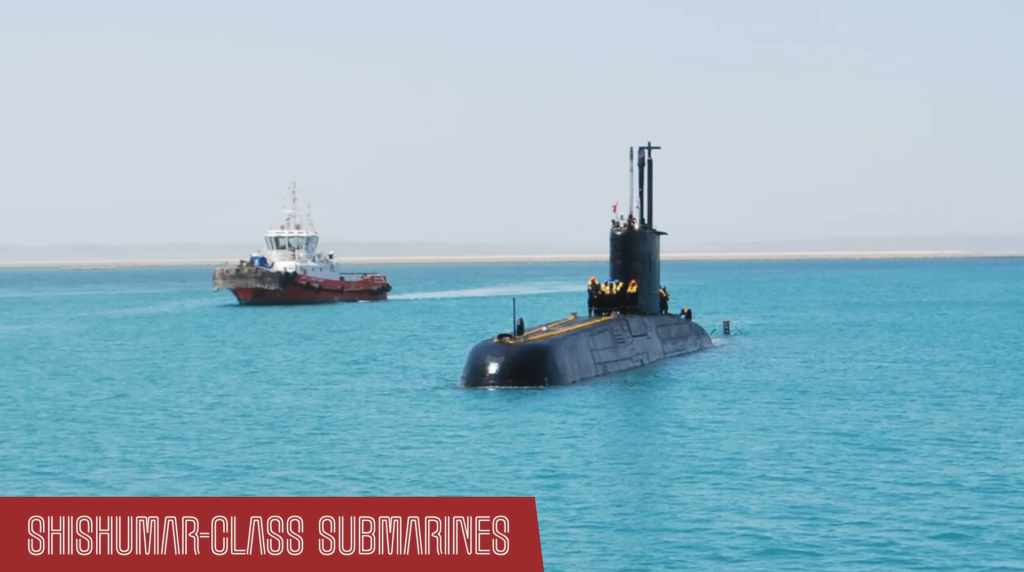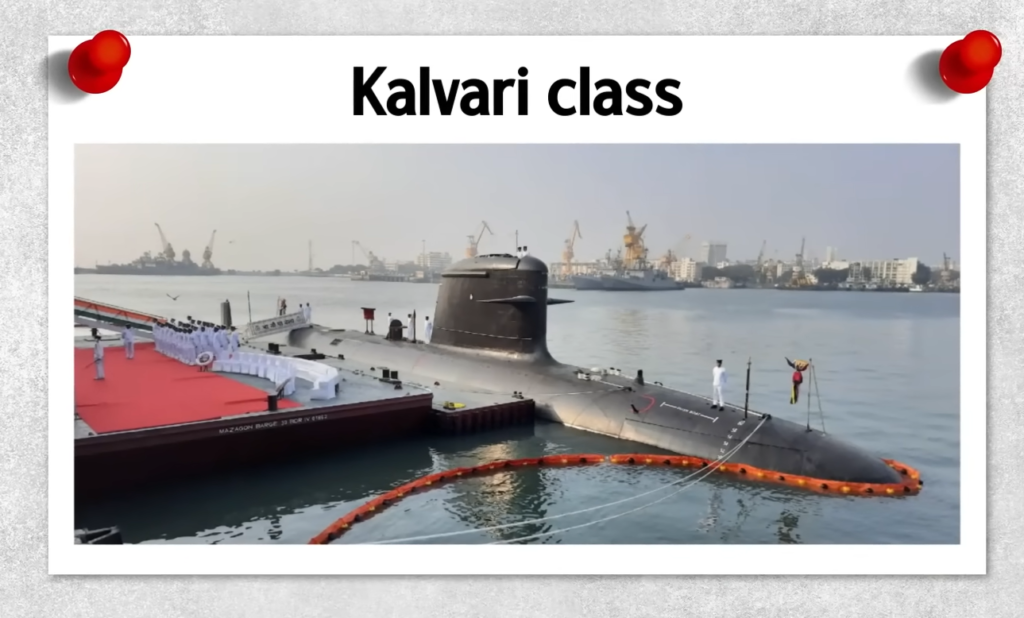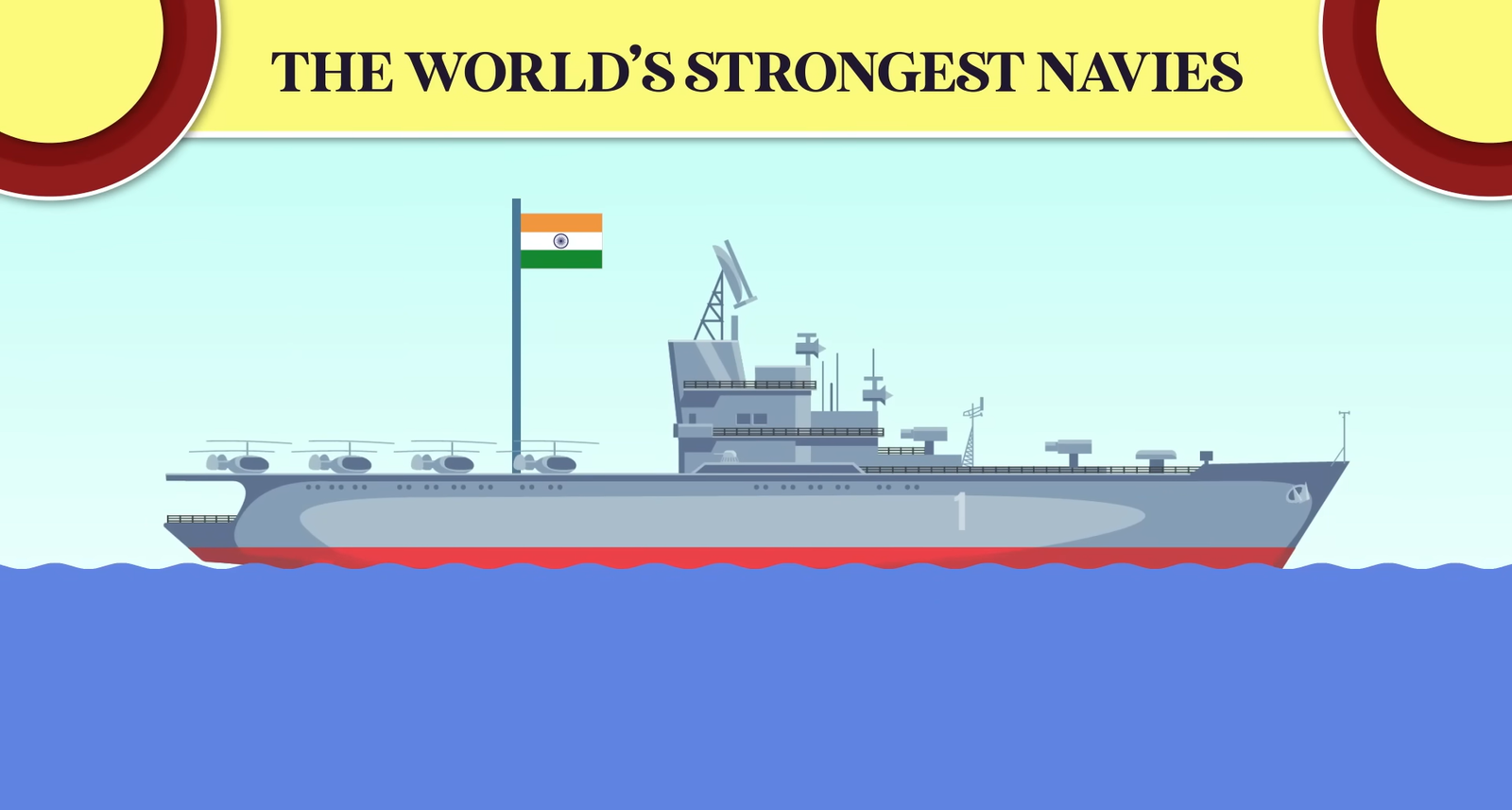As a nation with a vast coastline and strategic maritime interests, Indian submarines have made significant strides in developing a formidable underwater force. The Indian submarines boast a diverse array of underwater vessels, each serving distinct roles and reflecting the country’s commitment to self-reliance and technological advancement. Let’s delve into the various classes of submarines that make up India’s maritime might.
Sindhughosh-Class Submarines
The Sindhughosh-class submarines, also known as the Kilo-class, form the backbone of the Indian submarines fleet. These diesel-electric submarines were built in collaboration with Russia and commissioned between 1986 and 2000. Vessels like INS Sindhughosh, INS Sindhuraj, and INS Sindhuratna are part of this class, designed for versatile undersea warfare operations. With a displacement of 3,000 tonnes, a diving depth of 300 meters, and a top speed of 18 knots, these submarines pack a punch with their advanced weaponry, including heavyweight torpedoes and the capability to carry mines.

Shishumar-Class Submarines
Next is the Shishumar-class, comprising four Indian submarines: INS Shishumar, INS Shankush, INS Shalki, and INS Shankul. These diesel-electric submarines were built in collaboration with Germany’s Howaldtswerke-Deutsche Werft (HDW) and Mazagon Dock Limited in Mumbai. Commissioned between 1986 and 1994, they are equipped with wire-guided torpedoes and can carry up to 24 mines externally. Additionally, they are set to receive an upgrade that will enable them to fire UGM-84L Harpoon Block II anti-ship and land attack missiles, significantly enhancing their offensive capabilities.

Kalvari-Class Submarines
The Kalvari-class Indian submarines represent a significant leap forward in India’s undersea warfare prowess. Part of Project 75, these vessels are built in collaboration with France’s Naval Group and incorporate advanced stealth features, combat systems, and a range of warfare capabilities. The first submarine in this class, INS Kalvari, was commissioned in 2017, followed by INS Khanderi, INS Karanj, INS Vela, and INS Vagir. Armed with precision-guided weapons and anti-ship missiles, the Kalvari-class submarines are formidable assets in the Indian Navy’s arsenal.

Arihant-Class Submarines
However, the most significant achievement in India submarines’ technology is the Arihant-class, which comprises nuclear-powered ballistic missile submarines. As India’s first indigenously built nuclear submarines, the Arihant-class represents a major stride in the country’s quest for strategic deterrence and a credible nuclear triad. The lead ship, INS Arihant, was commissioned in 2016, followed by INS Arighat. These Indian submarines are equipped with nuclear-tipped ballistic missiles and can stay submerged for extended periods, providing India with a second-strike capability crucial for maintaining a strategic deterrent posture.

Future Indian Submarines
Looking ahead, Indian submarines are set to grow even further with the Project-75 India (P-75I) program. This ambitious initiative aims to construct six advanced conventional submarines equipped with air-independent propulsion systems, allowing for extended underwater operations. The project involves collaboration between Indian shipbuilders and foreign original equipment manufacturers, showcasing India’s commitment to fostering domestic defense manufacturing capabilities.
Complementing the P-75I program is the Project 75 Alpha (P-75A), which focuses on the construction of nuclear-powered submarines. This initiative underscores India’s vision of developing a potent naval force with a blend of nuclear and conventional submarine capabilities, further enhancing its strategic maritime reach.
Read More:- Saudi Arabia Overwhelm by Torrential Rainfall and Floods
Indian submarines have come a long way, transitioning from a reliance on foreign imports to a strong emphasis on indigenous production and self-reliance. With a diverse range of submarines, cutting-edge technology, and a commitment to advancing its naval might, India is well-positioned to assert its presence in the region’s maritime domain and safeguard its strategic interests.
Explore the world of anime! Visit Pop Media Pulse
